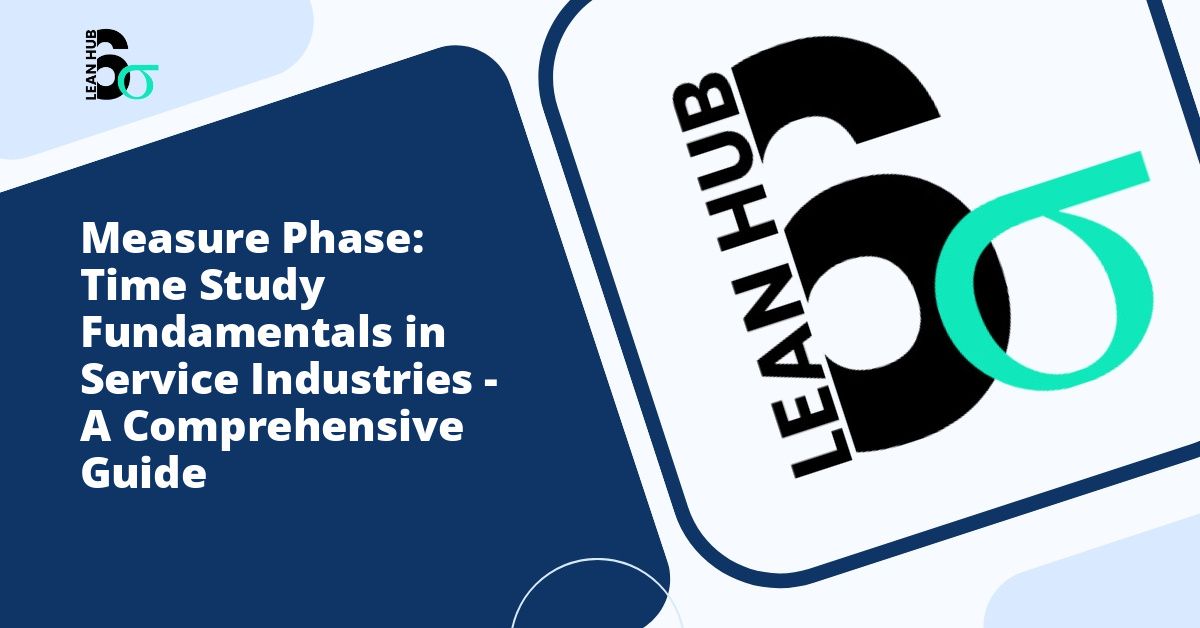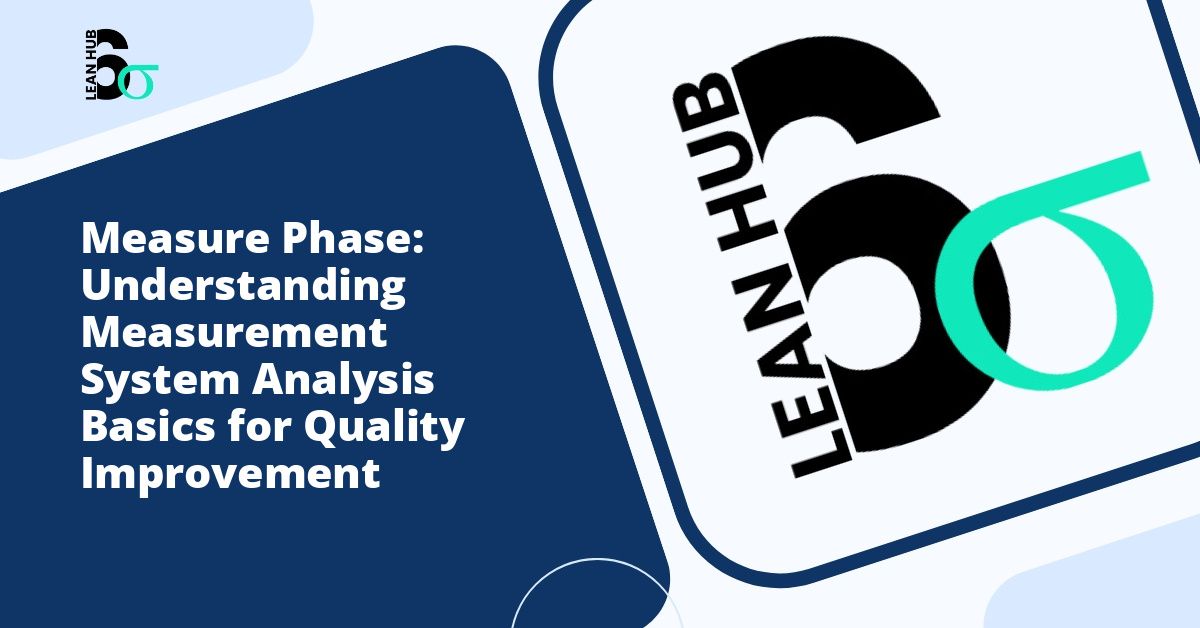In today’s competitive business landscape, understanding what your processes are actually doing versus what you think they’re doing can mean the difference between success and failure. The Voice of Process (VOP) represents a critical component of process improvement methodologies, providing factual data about how your operations truly perform. This article explores the essential role of VOP in measuring and understanding your actual process capabilities.
Understanding the Voice of Process
The Voice of Process is the language your processes speak through data, measurements, and observable patterns. Unlike the Voice of the Customer (VOC), which tells you what customers want, or the Voice of the Business (VOB), which communicates organizational goals, the VOP reveals the truth about what your processes can actually deliver right now. You might also enjoy reading about How to Conduct a Gage R&R Study: Complete Step-by-Step Guide for Quality Improvement.
Think of VOP as a diagnostic tool that provides an honest assessment of your process health. It answers fundamental questions: How stable is your process? What is its current capability? Where do variations occur? What defects are being produced? These insights are invaluable for making informed decisions about process improvements and resource allocation. You might also enjoy reading about Sample Size Calculation: How Much Data Do You Really Need in the Measure Phase.
The Role of VOP in Lean Six Sigma
Within the lean six sigma methodology, the Voice of Process plays an indispensable role in bridging the gap between customer expectations and actual performance. Lean six sigma practitioners rely on VOP data to identify opportunities for improvement and to validate that changes have produced desired results. You might also enjoy reading about What is Measurement Systems Analysis and Why It Matters in Six Sigma.
The methodology emphasizes data-driven decision making, and VOP provides the factual foundation needed to move beyond assumptions and gut feelings. By measuring what processes actually do, organizations can prioritize improvement efforts based on real performance gaps rather than perceived problems.
Process Capability and Performance Metrics
VOP measurement typically focuses on several key aspects of process performance:
- Process capability indices: Statistics like Cp and Cpk that compare process variation to specification limits
- Defect rates: The frequency and types of errors or defects produced
- Cycle times: How long processes actually take to complete
- Throughput rates: The volume of work completed within specific timeframes
- Process stability: Whether performance remains consistent over time
The Recognize Phase and VOP
In many process improvement frameworks, the recognize phase serves as the starting point for identifying problems and opportunities. During this critical stage, organizations must accurately assess their current state, and VOP measurements provide the objective evidence needed for this assessment.
The recognize phase requires teams to acknowledge what is truly happening within their processes, not what they hope is happening or what procedures suggest should happen. This honest recognition can be uncomfortable, as it often reveals gaps between desired and actual performance. However, without this clear-eyed view of reality, improvement efforts lack a solid foundation.
By capturing VOP data during the recognize phase, organizations can establish baseline measurements that will later demonstrate the impact of improvement initiatives. These baselines also help prioritize which processes need attention most urgently based on their current capability and the size of performance gaps.
Methods for Measuring Voice of Process
Capturing the Voice of Process requires systematic data collection and analysis. Several proven methods help organizations understand what their processes are actually doing:
Statistical Process Control
Statistical Process Control (SPC) charts track process performance over time, revealing patterns, trends, and variations. Control charts help distinguish between common cause variation, which is inherent to the process, and special cause variation, which indicates something unusual has occurred. This distinction is crucial for knowing when and how to intervene.
Process Mapping and Observation
Direct observation of processes in action often reveals discrepancies between documented procedures and actual practices. Time studies, value stream mapping, and workflow analysis capture the reality of how work flows through your organization. These observations frequently uncover hidden waste, bottlenecks, and workarounds that people have developed over time.
Data Mining and Analytics
Modern organizations generate vast amounts of data through their systems and operations. Mining this data can reveal patterns and insights about process performance that might otherwise remain hidden. Transaction logs, error reports, quality records, and system timestamps all contribute to a complete picture of VOP.
Process Capability Studies
Formal capability studies measure whether a process can consistently meet specifications. These studies collect data under controlled conditions to determine the natural variation of the process and compare it against customer requirements or engineering tolerances.
Common Challenges in Measuring VOP
While measuring the Voice of Process is essential, several challenges can complicate these efforts:
Data quality issues: Incomplete, inaccurate, or inconsistent data undermines VOP measurements. Organizations must ensure their measurement systems are reliable and that data collection procedures are followed consistently.
Resistance to transparency: Some team members may feel threatened by objective performance measurements, fearing blame or criticism. Creating a culture that views data as a tool for improvement rather than punishment is essential.
Complexity and variation: Many processes involve numerous variables and inputs, making it difficult to isolate cause and effect relationships. Careful study design and appropriate statistical methods help address this complexity.
Short-term thinking: Process performance can fluctuate in the short term. Adequate sample sizes and observation periods are necessary to distinguish true process capability from temporary conditions.
Bridging the Gap Between VOP and VOC
The ultimate goal of understanding Voice of Process is to align what your processes do with what customers need. The gap between VOP and Voice of the Customer represents your improvement opportunity.
When VOP reveals that your process produces defects at a rate of 5% but customers expect 99.9% quality, you have clearly identified a performance gap that requires attention. Similarly, if VOP shows an average cycle time of 10 days but customers need delivery in 5 days, you know exactly where to focus improvement efforts.
Lean six sigma projects typically begin by documenting these gaps during the recognize phase, then work systematically to close them through process improvements. Regular VOP measurements throughout the improvement journey confirm whether changes are having the desired effect.
Implementing VOP Measurement in Your Organization
Organizations looking to better understand their Voice of Process should take a systematic approach:
Start by identifying critical processes that significantly impact customer satisfaction or business results. Focus your initial measurement efforts where they will provide the most value.
Develop clear operational definitions for what you will measure and how you will measure it. Consistency in measurement is essential for valid comparisons over time.
Invest in training team members to collect and interpret VOP data correctly. The reliability of your measurements depends on the competence of those gathering and analyzing the information.
Create visual management systems that make VOP data visible and accessible to those who need it. When people can see how processes are performing, they can respond more quickly to problems and opportunities.
Establish regular review cycles to examine VOP data and take action based on what it reveals. Data without action provides no value.
Conclusion
The Voice of Process provides the factual foundation necessary for effective process improvement. By measuring what your processes actually do rather than relying on assumptions or hopes, you can make informed decisions about where to invest improvement resources and how to close performance gaps.
Within lean six sigma and other structured improvement methodologies, VOP plays a critical role in the recognize phase and throughout the improvement journey. It reveals the truth about current capabilities, helps prioritize opportunities, and validates the effectiveness of changes.
Organizations that master the art and science of listening to their Voice of Process gain a significant competitive advantage. They can respond more quickly to problems, optimize performance more effectively, and align their capabilities with customer needs more precisely. In an era where operational excellence differentiates winners from losers, understanding what your processes are actually doing is not optional but essential.








